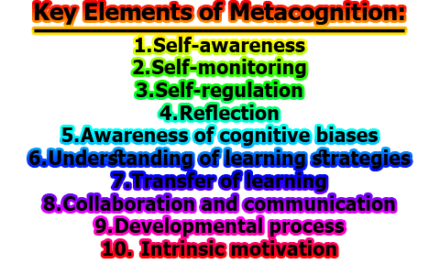Leveraging Gamification to Motivate and Engage Language Test Takers:
Language services providers (LSPs) have long sought innovative ways to enhance language testing experiences for both test takers and providers. Gamification, the use of game elements and design principles, has emerged as a powerful tool to achieve this goal. Gamified language tests offer a unique opportunity to motivate, engage, and ultimately improve the language learning and assessment process. In this article, we will explore leveraging gamification to motivate and engage language test takers.
Benefits of Gamification:
Gamification offers numerous advantages for both test takers and providers. Let’s examine how it benefits each group:
For Test Takers:
- Increased Motivation and Engagement: Gamification adds an element of fun and excitement to language testing, making it more appealing and enjoyable. Test takers are motivated to participate actively, as they perceive the assessment as an engaging activity rather than a mundane task.
- Confidence and Self-Efficacy: As test takers progress through gamified language tests, they build confidence in their language skills and feel a sense of accomplishment with each challenge they conquer. This improved self-efficacy encourages further learning and participation.
- Enhanced Learning Outcomes: Gamified language tests provide instant and meaningful feedback, allowing test takers to identify areas for improvement immediately. This immediate feedback, coupled with realistic, relevant contexts, facilitates faster and more effective learning.
- Progress Monitoring: Gamified language tests often include progress tracking features, enabling test takers to monitor their development over time. This feature helps them set achievable goals and tailor their language learning journey accordingly.
For Test Providers:
- Customer Attraction and Retention: Offering gamified language tests can set LSPs apart from the competition, attracting a broader audience of test takers. Furthermore, a positive experience increases the likelihood of repeat business and brand loyalty.
- Product Differentiation: Gamification helps differentiate language testing services in the market. Unique features and a gamified approach can make LSPs’ products and services stand out, demonstrating their commitment to innovative language assessment.
- Improved Reputation and Credibility: By adopting gamification, LSPs can enhance their reputation by showcasing a progressive approach to language testing. This reputation can lead to increased credibility in the field, attracting more clients and partners.
- Cost Reduction and Automation: Gamification can automate aspects of scoring, feedback, and security, reducing administrative costs and minimizing the risk of human error in the assessment process.
Features of Gamified Tests:
Gamified language tests differ from traditional assessments in the following key features:
- Goals and Challenges: Gamified tests present test takers with goals and challenges of varying difficulty levels. These objectives motivate test takers to continue and improve their performance.
- Points and Rewards: Test takers earn points and rewards for their achievements, providing incentives and recognition for their efforts.
- Levels and Progress: Gamified tests often include level progression, giving test takers a sense of achievement as they advance. This feature enables them to track their performance more effectively.
- Story or Theme: A narrative or theme can be incorporated into the test, increasing its relevance and making it more engaging.
- Avatars or Characters: Avatars or characters may be introduced, allowing test takers to personalize their experience and feel a greater sense of identity and agency.
- Feedback and Analytics: Gamified tests offer feedback and analytics to help test takers understand their performance and make informed decisions about their language learning journey.
Strategies for Gamifying Tests:
Implementing gamification in language testing requires a well-thought-out approach. Here are some strategies for success:
- Relevance and Appropriateness: Ensure that game elements and principles are relevant and appropriate for the test content, format, and level. Maintain the integrity of the assessment while introducing gamification.
- Optimal Challenge and Fun: Strike a balance between challenge and fun to keep test takers engaged. Tests should adapt to their abilities, performance, emotions, and attitudes, providing an optimal experience.
- Test Taker Involvement: Involve test takers in the design and evaluation process. Encourage them to provide feedback and suggestions, giving them a sense of ownership in the gamified experience.
Ethical Considerations for Gamified Tests:
As LSPs adopt gamification in language testing, they must address ethical considerations:
- Fairness and Transparency: Ensure that the gamified language test is fair and transparent, with clearly defined rules and objectives. Test takers should understand how they are being assessed.
- Test Quality and Integrity: Base the gamified test on sound theoretical and empirical foundations, adhering to rigorous standards and procedures to prevent and detect cheating or misconduct.
- Regular Evaluation: Continuously evaluate the impact and effectiveness of the gamified test. It should undergo regular and systematic assessments to measure and improve its outcomes and impacts.
In conclusion, leveraging gamification in language testing is a promising avenue for language services providers. Gamified language tests offer benefits that extend to both test takers and providers, making the assessment process more engaging and effective. By focusing on relevance, appropriateness, and ethical considerations, LSPs can create gamified language tests that enhance language learning, set them apart in the market, and ensure the integrity of the assessment process. Gamification has the potential to revolutionize language testing and contribute to the broader goal of language proficiency improvement.

Library Lecturer at Nurul Amin Degree College










